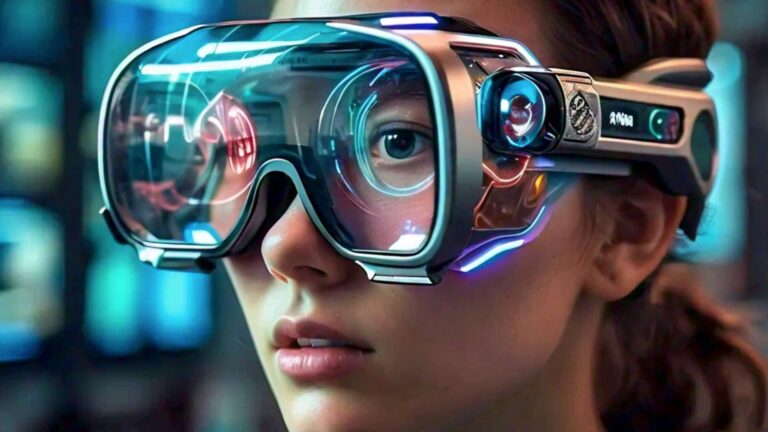
As we approach a new year, it’s time for our annual ritual of synthesizing the lessons from the past twelve months and formulating the outlook for the next twelve. 2024 was an incremental year for AR & VR, which both continue to gradually trudge uphill toward mainstream traction.
Highlights this year include XR’s initial convergence with AI, Apple Vision Pro’s slow traction, and some ups and downs for VR. 2024 was also defined by the rise of low-immersion smart glasses, and aspirational high-immersion AR glasses like Snap Spectacles and Meta Orion.
All these approaches – passthrough AR, seethrough AR, and non-display smartglasses – represent a divergence and diversification of form factors. That’s a good thing, as XR should include several formats that are purpose-built and use-case-driven – a key trend seen this year.
With that backdrop, what will 2025 look like in spatial computing? Aligned with the more extensive predictions of our research arm, ARtillery Intelligence, we’ve devised 5 predictions for 2025. We’ll break them down here weekly, starting with prediction 1: AR & AI Collide.
Prediction 1: AR & AI Collide
Prediction 2: XR Form Factors Diverge & Diversify
Prediction 3: Meta Orion Inspires Seethrough AR
Prediction 4: Mixed Reality Development Amps Up
Prediction 5: Visual Search’s Mainstream Move
Annual Predictions: 2024 Lessons, 2025 Outlook
Doubling Down
In our predictions last year, we estimated that 2024 would see the introduction and integration of AI into AR. That ended up playing out in several ways in 2024 such as Snap’s Lens Studio 5.0 and GenAI suite. These bring generative AI – particularly for 3D assets – to lens developers.
We will double down by predicting here that the trend will continue into 2025. And in the process, AI will become a force multiplier for spatial computing. We say that with respect to elevated AR capabilities, as well as the technology’s practical utility and evolving use cases.
Backing up, there’s a common misperception that the latest wave of excitement and investment in AI replaces that of spatial computing. And that could be true on some levels, such as press attention and VC funding that is diverted from XR-based investment strategies to AI ones.
But beyond funding, AI will assist AR. We say that because the two technologies go together and make each other stronger. Specifically, AR can be the face of AI, while AI is the brains of AR. There are several ways this is playing out so far, and even more ways that it will evolve.
XR Talks: What Sits at the Intersection of AR and AI?
Generative XR
One convergence point is what we’ve been calling “generative XR.” This includes the Snap example noted above, and will continue to streamline XR developer workflows in 2025. Though it’s not a silver bullet (talent and rigor are still needed), AI will become a valued XR creation co-pilot.
Going deeper into potential AR/AI synergies, we’ll see more development around conversational AI. This is driven by large language models that enable conversational interfaces that bring us past the search-dominant era of digital media where we’ve been trained to speak in keywords.
For AR in particular, this could unlock natural-language voice interfaces for AR glasses and smart glasses. This is already the case in Ray-Ban Meta Smartglasses (RBMS) considering its central multimodal AI capabilities. Similar AI-driven inputs will develop elsewhere.
Another factor driving this shift will be the realization that AI can help sidestep common AR glasses’ design challenges. In other words, devices that position AI as a main selling point – instead of visuals – are liberated from the tradeoffs (heat, bulk, cost, etc.) endemic to optical AR.
The New Face of AR: Ambient & Intelligent
Concrete Prediction
In addition to replacing visuals for some AR hardware – as seen in RBMS – AI will enhance and amplify the visual experience for others. That includes more advanced and dimensional AR that’s seen in devices like Snap Spectacles (already evident), Meta Orion, and Apple Vision Pro.
Specifically, Apple Intelligence will be integrated into Vision Pro. This will amplify the device’s value and utility. Unit sales will still be relatively low – 240,000 according to our headworn AR forecast – but it will be one step in Apple’s AR road map – a deliberately gradual process and long game.
We’ll pause there and circle back next week with another 2025 prediction. Meanwhile, check out the full report.






